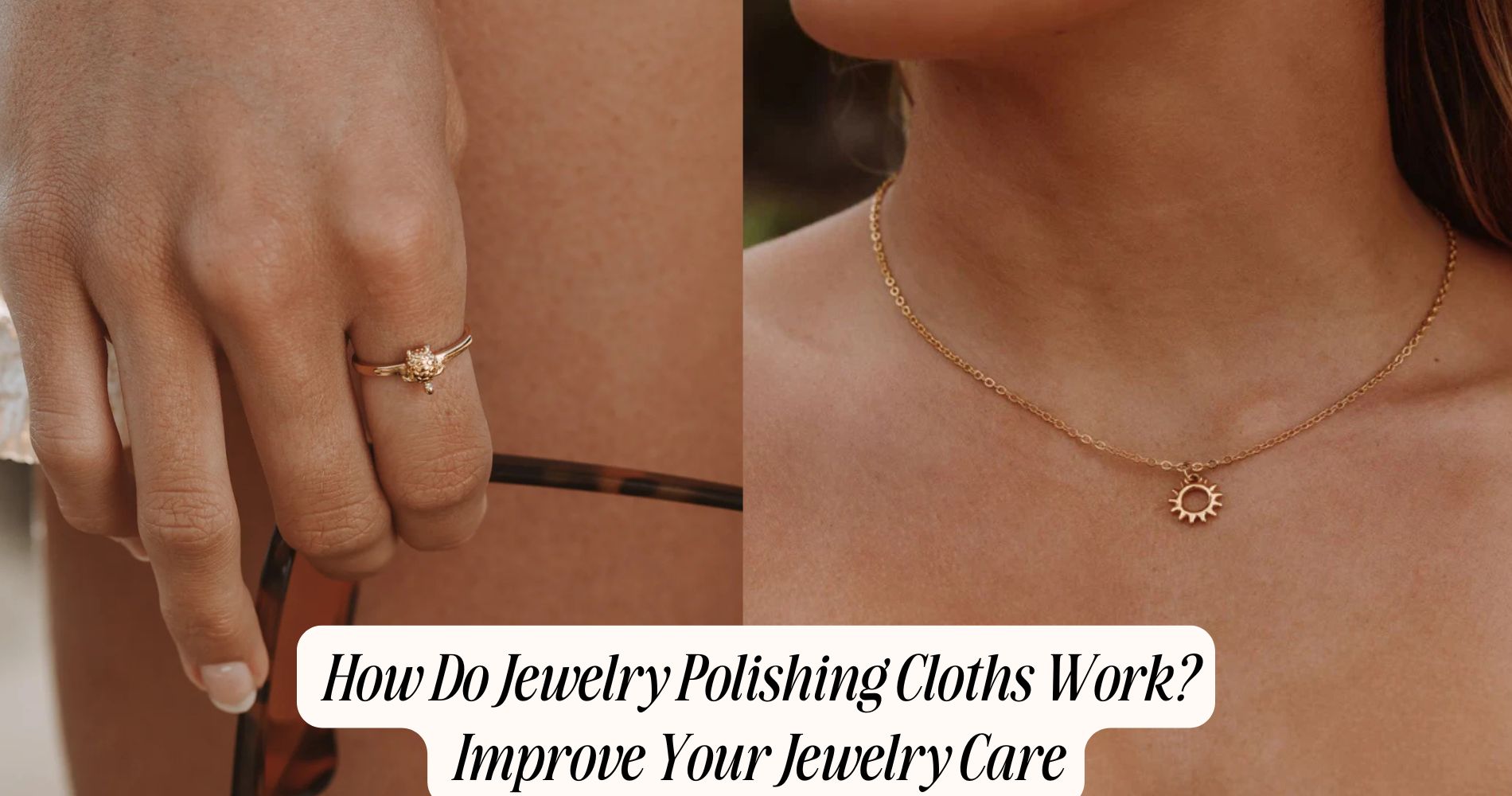
How Do Jewelry Polishing Cloths Work? Improve Your Jewelry Care
How do jewelry polishing cloths work? These specialized cloths use soft, non-abrasive materials infused with cleaning agents to lift tarnish and dirt without scratching your pieces. When you gently polish in a circular motion, the embedded compounds break down tarnish caused by moisture and skin oils, restoring your jewelry's shine. Regular use helps prevent long-term damage and keeps your accessories looking new. Typically made from cotton, microfiber, or flannel, these cloths are durable and effective for daily care. By incorporating them into your routine, you can maintain the brilliance of your jewelry for years. If you're looking to pair your well-maintained pieces with timeless, elegant designs, explore Atolea's Minimalist Jewelry Collection.
What Are Jewelry Polishing Cloths?
Jewelry polishing cloths are essential tools for anyone looking to maintain the luster and shine of their precious pieces. These cloths are designed specifically for various jewelry types, including gold, silver, and platinum.
Typically made from soft, non-abrasive materials, they effectively remove tarnish and dirt without scratching delicate surfaces.
You'll find that many polishing cloths are infused with special cleaning agents that enhance their effectiveness, ensuring your jewelry looks its best.
When using a cloth, gently rub the piece in a circular motion to restore its brilliance.
Regular maintenance with a jewelry polishing cloth can markedly extend the life of your treasured items, keeping them looking as beautiful as the day you bought them.
Materials Used in Polishing Cloths
Polishing cloths are typically crafted from a variety of materials, each selected for its unique properties that enhance cleaning effectiveness. Common cloth types include cotton, microfiber, and flannel.
Cotton is durable and absorbent, making it ideal for daily use. Microfiber, with its finely woven fibers, excels at trapping dirt and dust without scratching surfaces. Flannel, often treated with polishing materials, offers a soft touch, perfect for delicate items.
Some specialized cloths even incorporate chemical agents designed to remove tarnish or enhance shine. By understanding these materials, you can choose the right polishing cloth for your jewelry.
Investing in quality cloth types guarantees you maintain your pieces in pristine condition while prolonging their lifespan.
How Polishing Cloths Remove Tarnish
Polishing cloths are specifically designed with materials that effectively combat tarnish, a common issue for many jewelry pieces.
Understanding how tarnish forms on metals like silver and the proper techniques for using these cloths can greatly enhance their cleaning power.
Composition of Polishing Cloths
A well-crafted polishing cloth plays an essential role in maintaining the luster of your favorite jewelry pieces.
These cloths typically consist of two fabric types: a soft inner layer for gentle polishing and an outer layer infused with cleaning solutions. The cleaning solutions, often containing micro-abrasives and anti-tarnish agents, work effectively to lift tarnish and restore shine without scratching delicate surfaces.
When you rub your jewelry with the cloth, the embedded compounds interact with the tarnish, breaking it down and allowing it to be wiped away. This composition not only enhances your jewelry's appearance but also extends its lifespan.
How Tarnish Forms
When jewelry is exposed to air and moisture, tarnish begins to form as a result of chemical reactions between the metal and environmental elements.
These tarnish causes can include sulfur compounds, humidity, and even skin oils, which interact with metals like silver, copper, and brass. The metal reactions lead to the formation of a dull layer on the surface, often mistaken for dirt.
This layer primarily consists of metal sulfides and oxides that not only dull the appearance but can also damage the piece over time if left untreated.
Understanding how tarnish forms is essential for maintaining your jewelry's luster and longevity, as it allows you to recognize the importance of regular cleaning and polishing to combat these reactions effectively.
Polishing Technique Tips
While you might think that cleaning tarnished jewelry is an intimidating task, using polishing cloths can simplify the process considerably.
To effectively remove tarnish, start by selecting a high-quality polishing cloth specifically designed for your jewelry type. Gently rub the tarnished areas using a circular motion, allowing the cloth's special cleaning agents to lift the tarnish away.
It's crucial to establish a regular polishing frequency to maintain your pieces, ideally every few weeks, depending on how often you wear them.
After use, store your polishing cloth in a cool, dry place away from direct sunlight to preserve its effectiveness.
With these techniques, your jewelry can shine brilliantly, making it look as good as new.
Benefits of Using Polishing Cloths
Using polishing cloths greatly enhances your jewelry's shine and luster, making it look brand new.
They also employ scratch prevention techniques that protect delicate surfaces from damage during cleaning.
Enhanced Shine and Luster
Polishing cloths greatly enhance the shine and luster of your jewelry, ensuring that each piece radiates its true beauty.
These cloths are specially designed with embedded cleaning agents that effectively remove tarnish and dirt, leading to significant shine enhancement.
When you gently buff your jewelry, the fibers work to lift away residues while simultaneously imparting a fine layer of polish, resulting in luster boosting that makes your pieces sparkle like new.
Regular use of polishing cloths not only maintains the aesthetic appeal of your jewelry but also prolongs its life, allowing you to enjoy the brilliance of your treasures for years to come.
Embrace the power of polishing cloths to keep your collection looking its absolute best.
Scratch Prevention Techniques
One effective technique for preventing scratches on your jewelry is to incorporate polishing cloths into your routine care.
These cloths not only clean your pieces but also create a protective barrier that minimizes friction during storage. When you gently buff your jewelry with a polishing cloth, you remove debris and oils that can cause micro-abrasions.
Additionally, proper jewelry storage is essential for scratch prevention. Use individual pouches or compartments to keep your pieces from rubbing against each other.
By combining the use of polishing cloths with thoughtful storage solutions, you greatly reduce the risk of scratches, preserving the beauty and integrity of your jewelry for years to come.
Prioritize these practices, and your cherished pieces will remain stunning.
Proper Care for Jewelry Cloths
Although jewelry polishing cloths are essential for maintaining the shine and luster of your precious pieces, their longevity relies heavily on proper care.
To extend the life of your cloth, always store it in a cool, dry place away from direct sunlight. Avoid exposing it to moisture and contaminants, as these can degrade its effectiveness.
When using the cloth, make certain your jewelry is clean and free from any grime that could scratch the surface. After polishing, fold the cloth neatly to prevent it from picking up dirt or debris.
Tips for Effective Jewelry Maintenance
Maintaining the beauty of your jewelry goes beyond using a polishing cloth; it involves a holistic approach to care.
First, invest in proper jewelry storage. Use lined boxes or pouches to prevent scratches and tangling.
Next, establish a maintenance schedule. Clean your pieces regularly with appropriate methods, depending on the material—soft cloths for gold, specific solutions for gemstones.
Avoid exposing your jewelry to harsh chemicals or extreme temperatures. Additionally, remove jewelry before engaging in activities that might cause damage, like exercising or swimming.
Finally, schedule professional cleanings for intricate pieces or those with significant sentimental value.
Frequently Asked Questions
Can Polishing Cloths Be Used on All Types of Jewelry?
You can use polishing cloths on many jewelry materials, but be cautious with delicate stones and plated metals. Always check specific metal types to avoid damage, ensuring your jewelry remains beautiful and well-maintained.
How Often Should I Use a Polishing Cloth?
You should use a polishing cloth regularly, ideally every few weeks, to maintain shine. Following frequency guidelines and maintenance tips guarantees your jewelry stays vibrant and free of tarnish, enhancing its overall appearance and longevity.
Are There Any Risks of Damaging My Jewelry With a Cloth?
Yes, using the wrong cloth material or improper cleaning techniques can damage your jewelry. Always choose a soft, non-abrasive cloth, and avoid aggressive rubbing, especially on delicate pieces or those with intricate settings.
Can Polishing Cloths Clean Gemstones Effectively?
Polishing cloths can clean gemstones effectively when used with appropriate polishing techniques. You'll enhance gemstone care by gently buffing, removing dirt and oils, while preserving their brilliance without scratching or damaging delicate surfaces.
Where Should I Store My Jewelry Polishing Cloths?
You should store your jewelry polishing cloths in a dry, cool place to enhance cloth longevity. Consider using airtight storage solutions to protect them from dust and moisture, ensuring they remain effective for longer.
Conclusion
Incorporating jewelry polishing cloths into your care routine can greatly enhance the longevity and appearance of your cherished pieces. By understanding how these cloths work and properly maintaining them, you're not just preventing tarnish; you're also preserving the beauty and integrity of your jewelry. Remember, a little effort goes a long way in keeping your treasures sparkling. With these simple tips, you'll enjoy your jewelry for years to come, always looking its best.








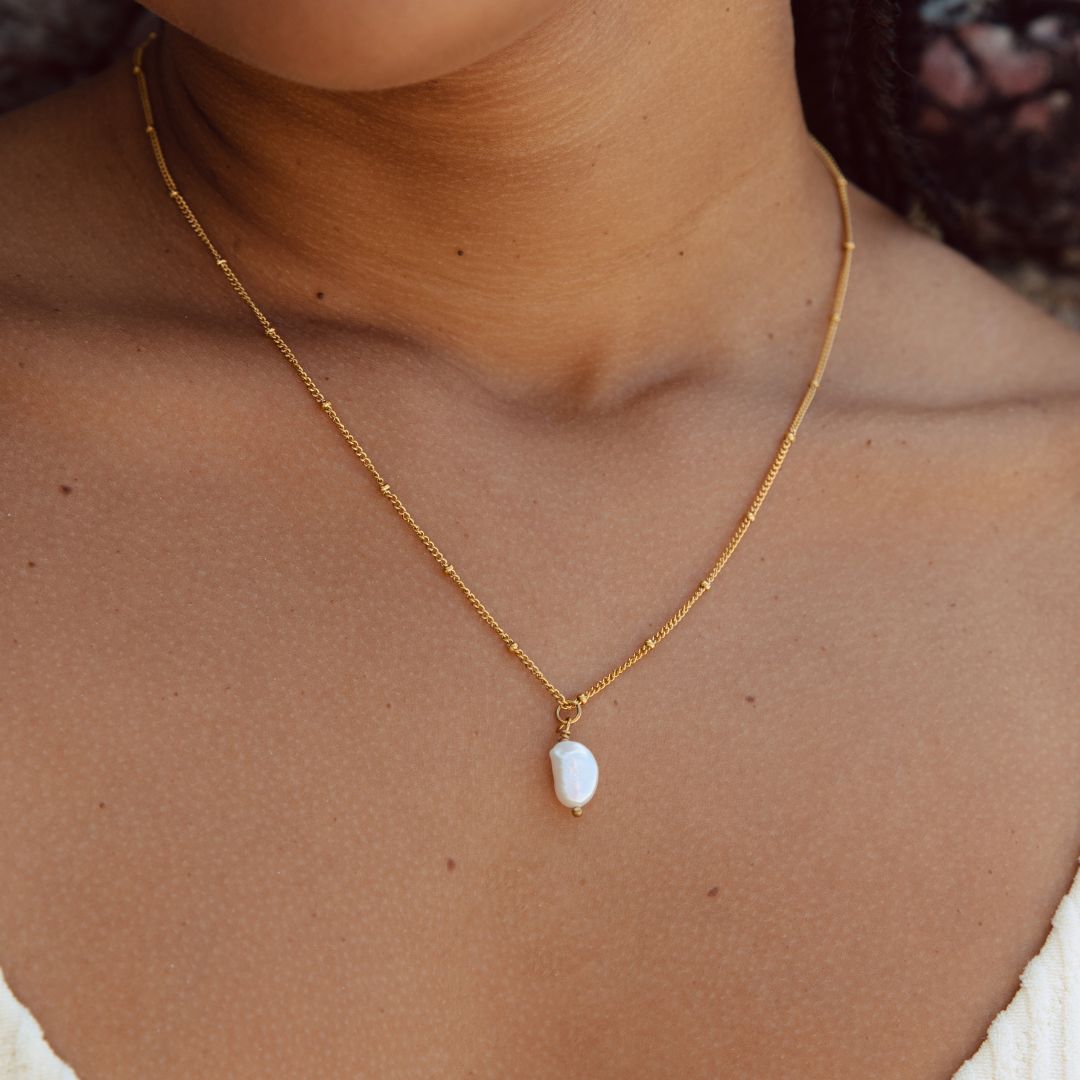

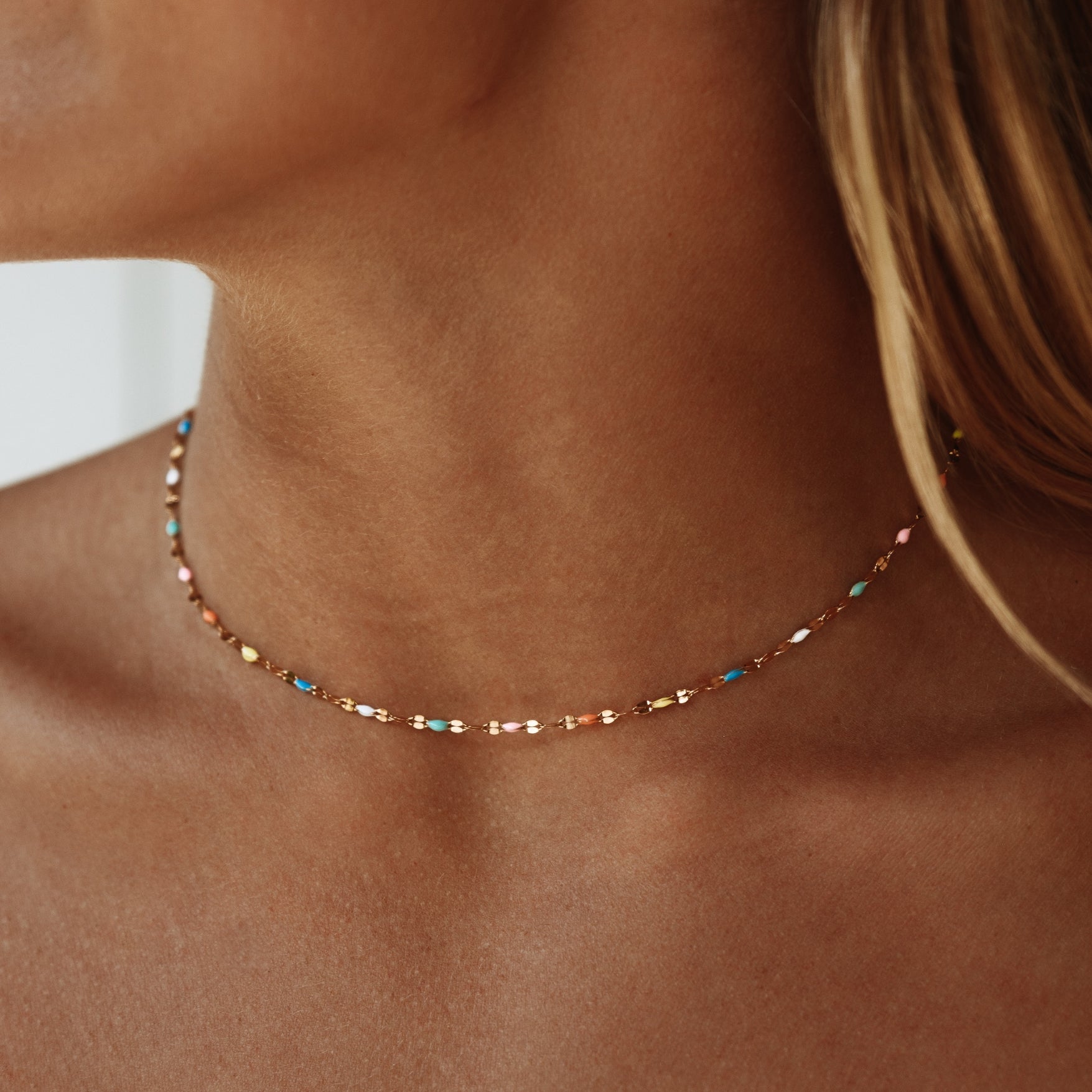


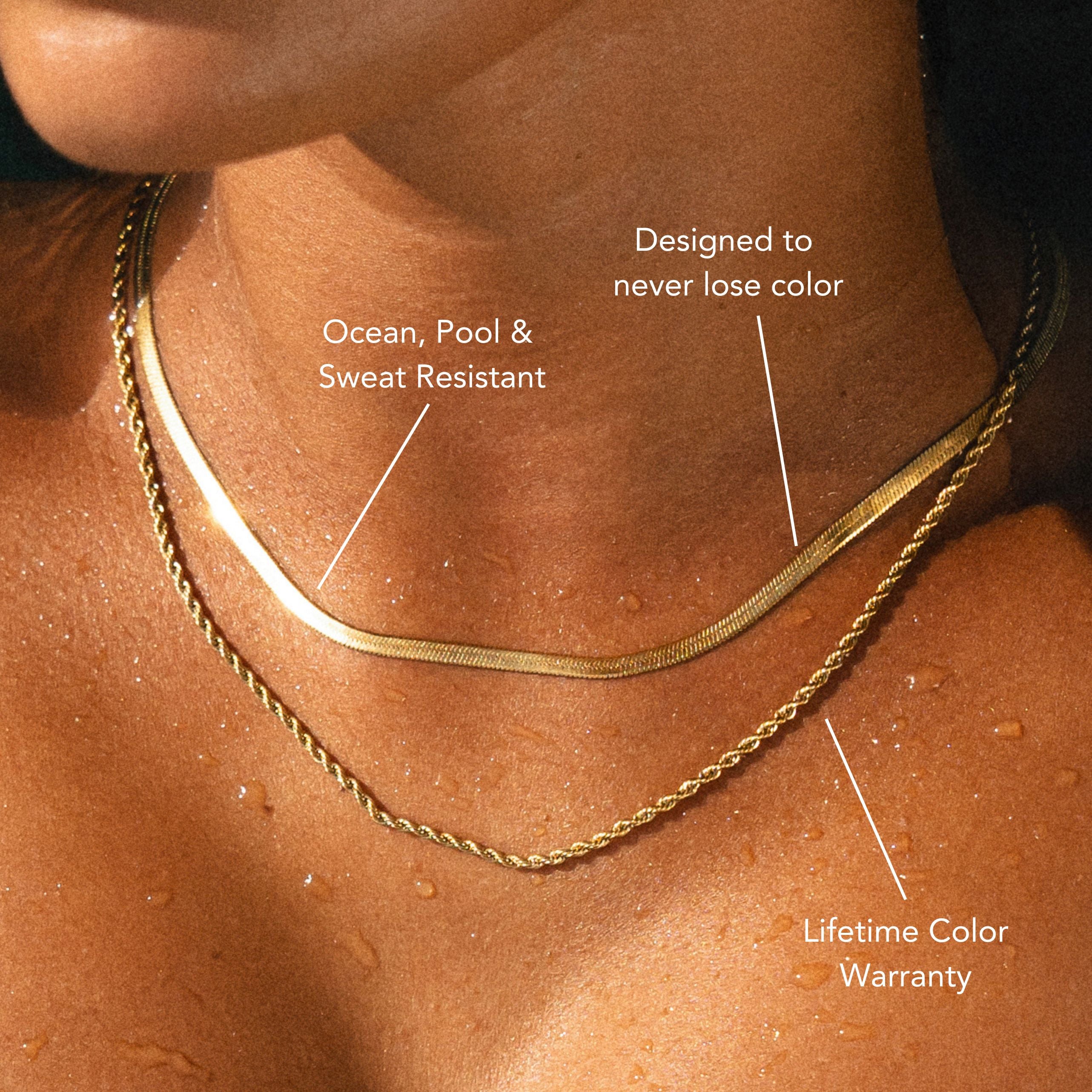
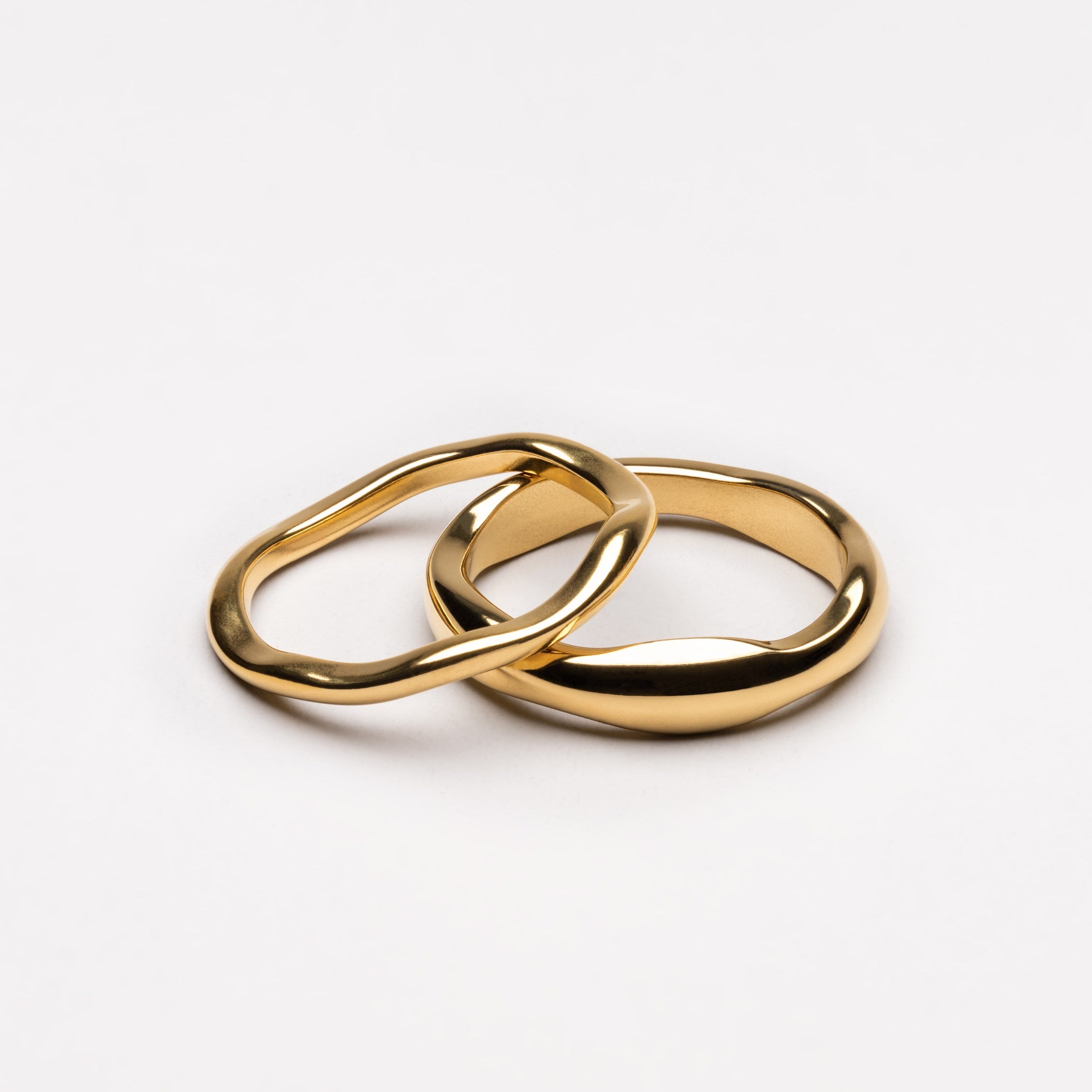
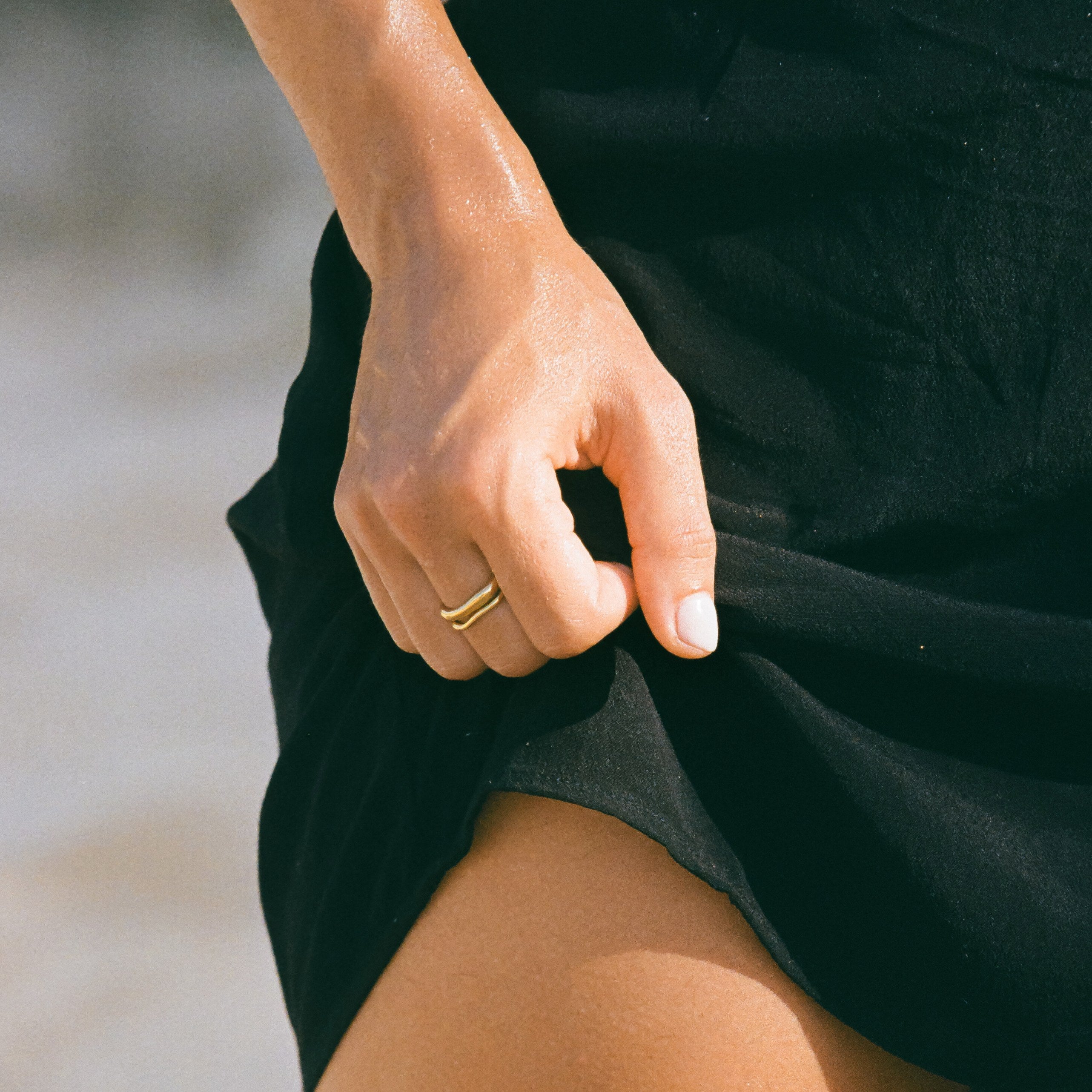

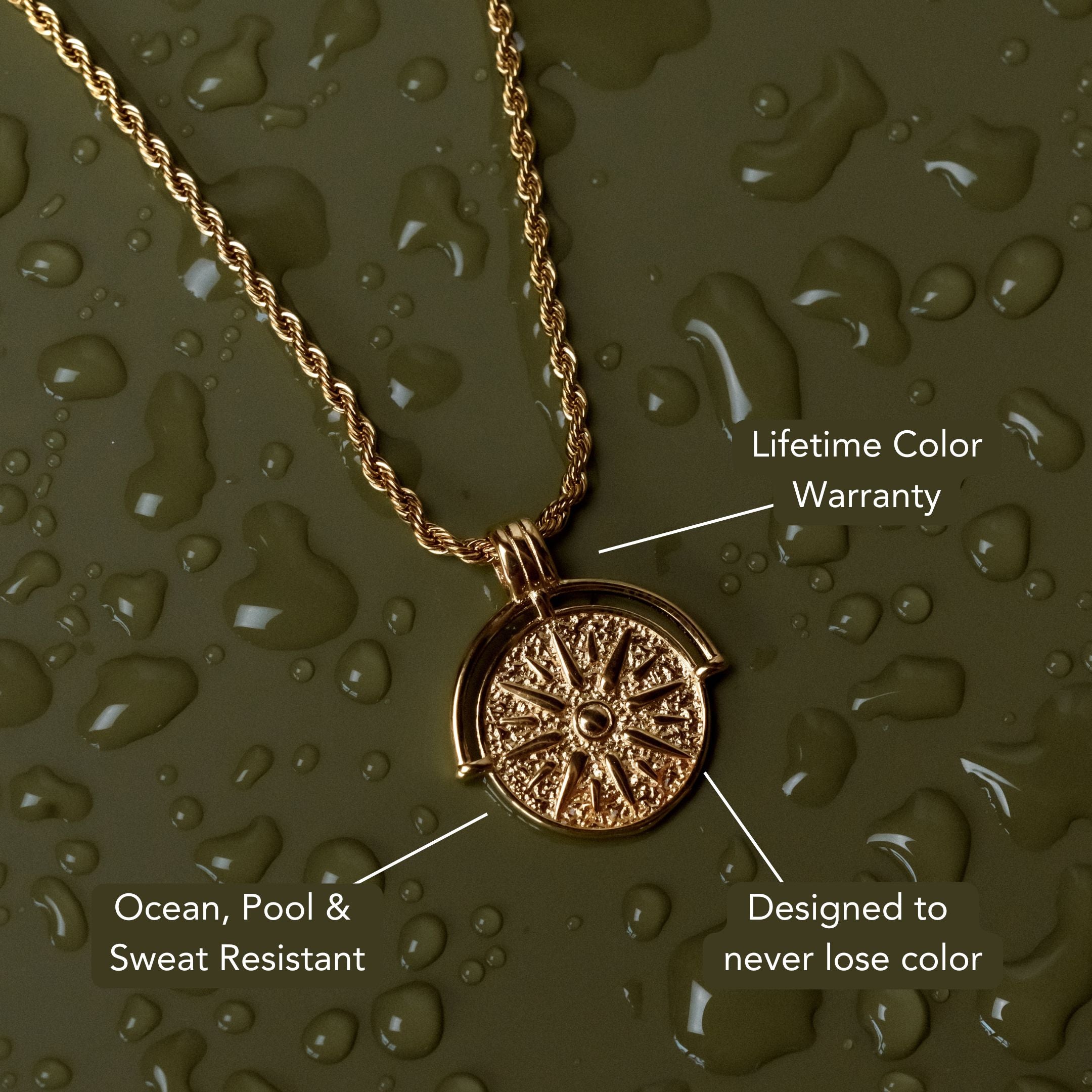
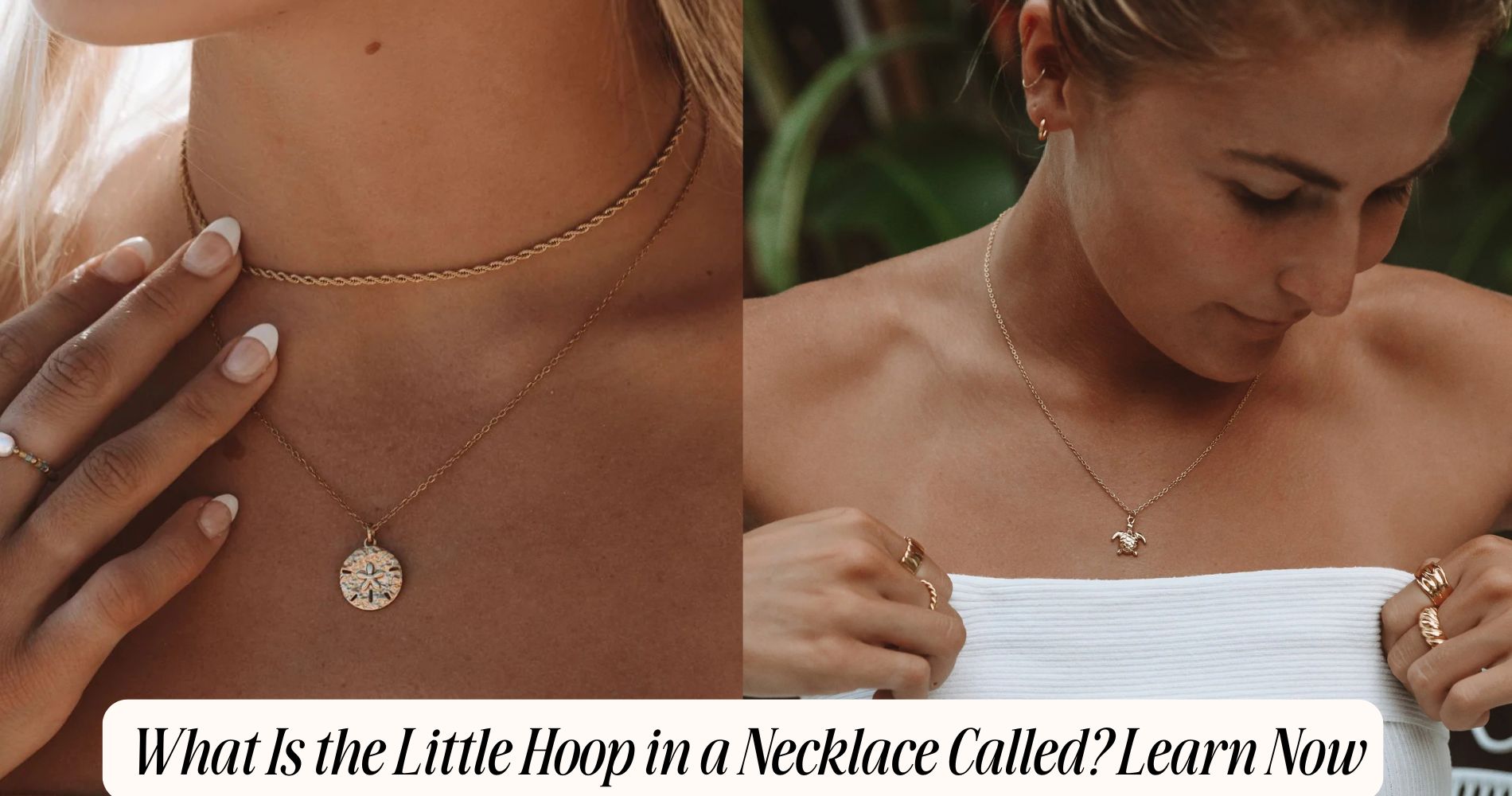





Leave a comment
This site is protected by hCaptcha and the hCaptcha Privacy Policy and Terms of Service apply.